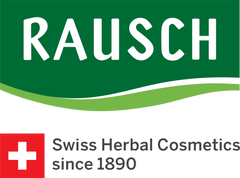Aloe vera | What's that?

Some like it hot: aloe vera grows best in countries with extremely hot summer weather, often with no rainfall for months on end. Originating in the Arabian Peninsula, it now grows in Mexico, Brazil, parts of Africa, Asia and the Mediterranean. These challenging conditions have made this member of the aloe family a survival expert. It has developed some of the best methods of any plant for creating its own food and storing moisture in its bitter leaves.
There are hundreds of varieties of aloe, but only one aloe vera – or ‘true aloe’. It is one of the oldest and now one of the best-known medicinal herbs on earth. Although it may look more like a cactus, aloe vera belongs, like the onion, to the lily family, and is sometimes known as ‘lily of the desert’.
Ancient civilisations such as the Sumerians, Egyptians and later the ancient Greeks all valued its medicinal powers. From the Arabian Peninsula, the plant travelled to India and all the way to Japan, where the Samurais would rub their bodies with aloe vera gel before battle to protect themselves from serious wounds. Aloe vera plays an important role in traditional medicine to this day.
Scientists have discovered over 200 active substances in its leaves, which can have a positive impact on the whole human organism thanks to their unusual combination of compounds. The juice or gel from its leaves is full of nutrients and is a very popular ingredient that is gentle on even the most sensitive skin.
